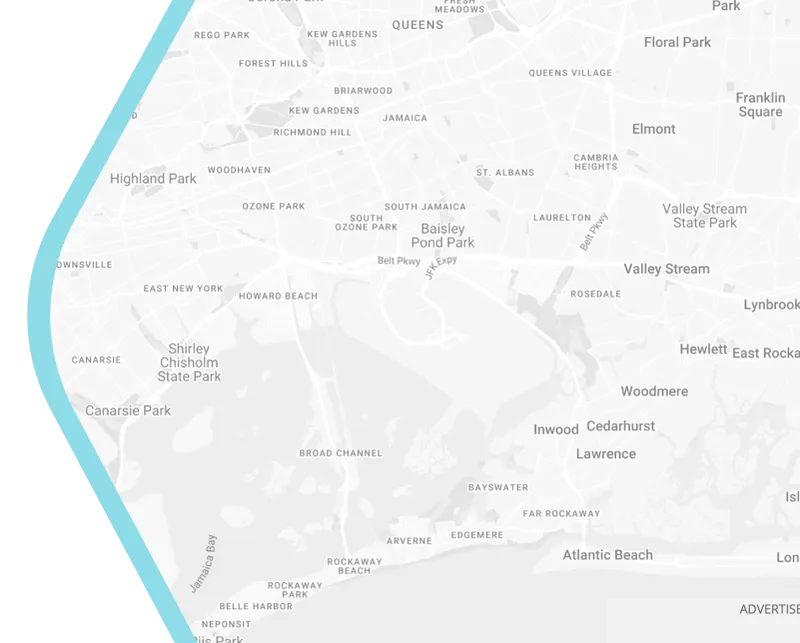
The Rising Challenge of Urban Heatwaves
Cities are becoming cauldrons. As global temperatures climb, urban areas—with their concrete jungles and sprawling asphalt—absorb and trap heat, creating “urban heat islands” that can be up to 10°C hotter than surrounding rural areas. For city planners and developers, this isn’t just an environmental crisis; it’s a public health emergency. Heatwaves now claim more lives than all other natural disasters combined, and cities like Melbourne, Sydney, and Brisbane are feeling the burn.
But there’s hope. Across the globe, smart city solutions are emerging to reimagine how we design and build urban spaces. From reflective pavements to AI-driven climate modeling, innovators are blending advanced materials with technology to cool our cities.
Smart Materials Redefining Urban Landscapes
At the heart of this revolution are materials engineered to defy heat. Take cool pavements, for example. Unlike traditional asphalt, which absorbs 90% of sunlight, these pavements use reflective coatings or light-colored aggregates to bounce solar radiation back into the atmosphere. In Los Angeles, cool pavements have reduced surface temperatures by up to 12°C—a game-changer for pedestrian comfort and energy costs.
Then there’s phase-changing material (PCM), a futuristic tech that absorbs excess heat during the day and releases it at night. Embedded in building walls or roofs, PCM acts like a thermal battery, smoothing temperature swings and slashing air-conditioning demands. Dubai’s Sustainable City has already adopted this, cutting cooling energy use by 30%.
But the real magic happens when these materials meet smart systems. In Singapore, sensors embedded in green roofs and vertical gardens monitor soil moisture and sunlight, automatically adjusting irrigation to maximize cooling. It’s not just about materials—it’s about creating a responsive, living urban skin.
Australia’s Smart City Innovations in Heat Resilience
Australia, no stranger to scorching summers, is leading the charge. Melbourne’s Urban Forest Strategy uses IoT-enabled tree canopies to shade streets and reduce temperatures. Sensors track soil health and hydration, ensuring trees thrive even in droughts. Meanwhile, Sydney’s Green Grid Project integrates cool roofs and permeable pavements into its coastal neighborhoods, blending aesthetics with functionality.
One standout is Western Sydney’s Cool Suburbs Partnership, where reflective roofing and smart shading systems have lowered indoor temperatures by 7°C in social housing. The project uses AI to predict heatwave patterns, deploying mobile shade structures and misting systems in advance. It’s a model of how smart city solutions can prioritize equity—protecting vulnerable communities first.
The Road Ahead Challenges and Opportunities
While the tech is promising, scaling these solutions isn’t simple. Retrofitting old infrastructure is costly, and not all materials perform equally in humid vs. arid climates. There’s also the question of data privacy: smart sensors collect vast amounts of urban data, requiring robust governance to prevent misuse.
Yet the momentum is unstoppable. As heatwaves intensify, cities are shifting from reactive measures (like emergency cooling centers) to proactive, tech-driven resilience. The future belongs to cities that can adapt—and with smart materials, real-time data, and cross-sector collaboration, that future is cooler than we think.
Final Thoughts
From Melbourne’s sensor-shaded streets to Dubai’s phase-changing skyscrapers, the battle against urban heat is being won with innovation. For architects, developers, and planners, the message is clear: smart city solutions aren’t just about efficiency—they’re about survival. And as Australia’s projects show, when technology meets creativity, even the hottest cities can find their cool.
